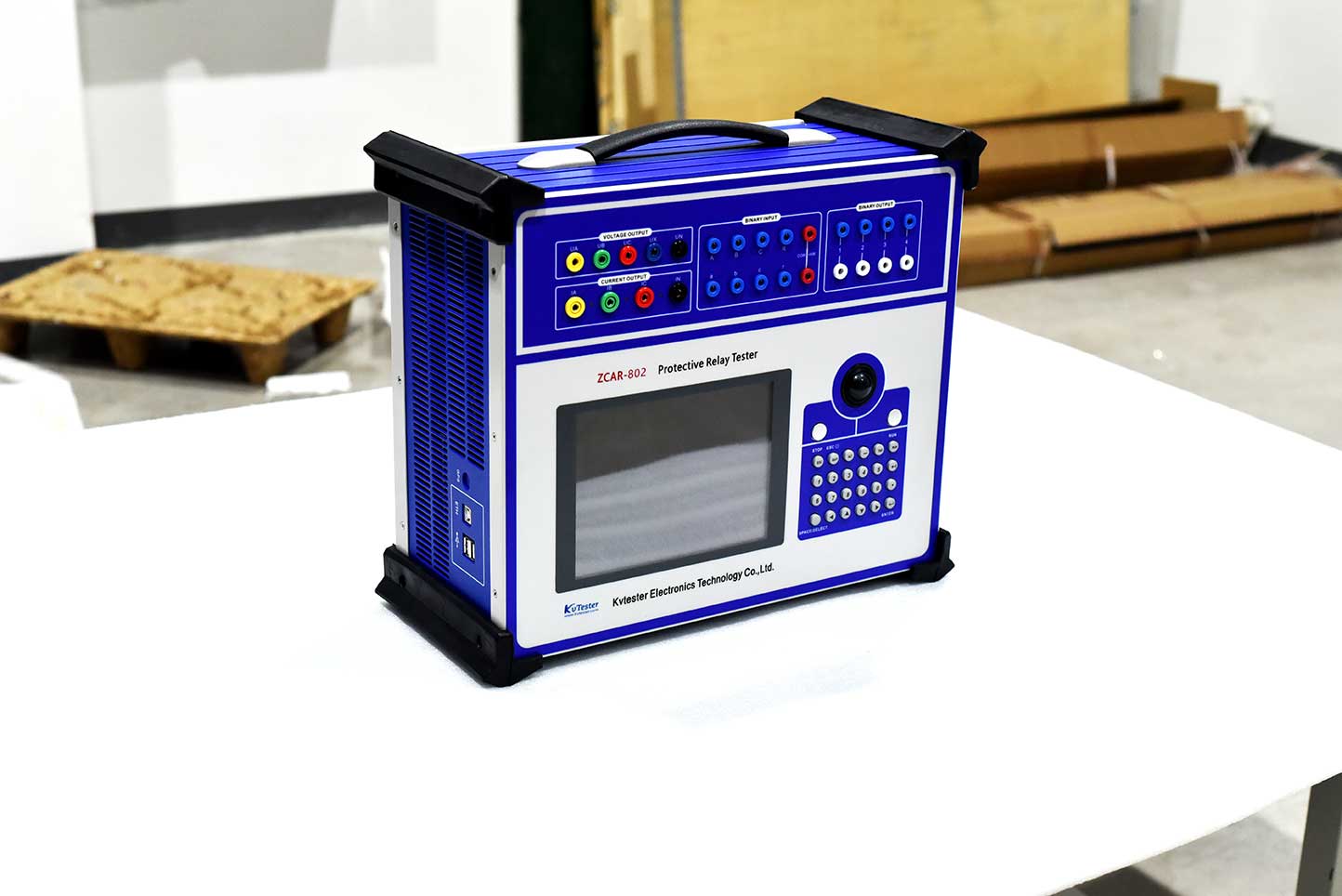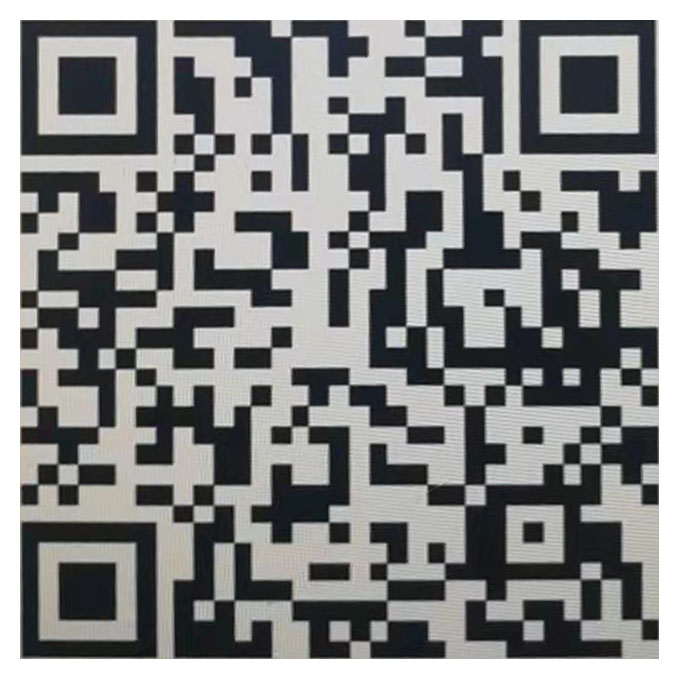The relay protection tester is a key equipment for debugging, verifying, and maintaining relay protection devices in power systems. Its main functions can be summarized as follows:
1. Core functions
① Fault simulation and testing
Function description: Simulate fault types such as short circuit, grounding, overload, and disconnection in power systems to verify the response capability of relay protection devices.
Application scenarios:
Test the action logic of overcurrent protection, differential protection, distance protection and other devices.
Verify the action time and sensitivity of the protective device under fault conditions.
② Verification of protective devices
Function description: Conduct comprehensive verification of the setting, action characteristics, and logical functions of relay protection devices.
Application scenarios:
Verify whether the starting value, return coefficient, action time and other parameters of the protective device meet the design requirements.
Verify the correctness of the protective device's operation under complex fault conditions.
③ Logical Function Verification
Function description: Test the complex logic functions of relay protection devices, such as reclosing, backup automatic switching, low-frequency load shedding, etc.
Application scenarios:
Verify the automatic recovery capability of the protective device after system failure.
Test the collaborative working ability of protective devices with other automation equipment.
④ Time characteristic testing
Function description: Measure time characteristic parameters such as action time, return time, and reset time of relay protection devices.
Application scenarios:
Ensure that the action time of the protective device meets the requirements for rapid fault removal in the power system.
Verify whether the time coordination relationship of the protective device is correct.
2. Extended functionality
① Harmonic and transient testing
Function description: Simulate abnormal operating conditions such as harmonics, transient overvoltage, and overcurrent in the power system, and test the anti-interference ability of the protection device.
Application scenarios:
Verify the stability of the protective device under non ideal operating conditions.
Test the filtering ability and transient response characteristics of the protection device for harmonics.
② Communication and Interface Testing
Function description: Test whether the communication interface between the relay protection device and the upper computer, monitoring system, and dispatch center is normal.
Application scenarios:
Verify whether the communication protocol of the protective device (such as IEC 61850, Modbus, etc.) complies with the standard.
Test the reliability of protective devices under communication failures.
③ Multi channel synchronous testing
Function description: Supports multi-channel output and can simultaneously test multiple protective devices or multiple functions of the same device.
Application scenarios:
Multi device joint debugging and testing of complex substations.
Test the collaborative action logic of the protective device.
3. Summary of Function and Function
Fault simulation verification of the protection device's ability to identify and respond to different types of faults, ensuring reliable action in the event of a fault.
Fixed value verification: Ensure that the starting value, action value, return coefficient, and other parameters of the protective device meet the design requirements to avoid misoperation or refusal to operate.
Logic function: Test the correctness of complex logic such as reclosing, backup automatic switching, and low-frequency load shedding of protection devices to ensure system stability.
Time characteristic: Accurately measure action time to ensure rapid response of protective devices in case of faults, reducing the risk of system damage.
Anti interference capability: Verify the stability of the protection device under abnormal working conditions such as harmonics and transient overvoltages, and improve system reliability.
4. Typical application scenarios
① Factory testing: Quality control in the production process of relay protection devices.
② On site debugging: installation, debugging, and acceptance of substations, power plants, and other sites.
③ Regular verification: Performance evaluation and troubleshooting of operating equipment.
④ Research and Training: Research on New Relay Protection Technologies and Training of Personnel Skills.
5. Precautions
① Safe operation: Strictly follow safety regulations to avoid accidents during high-voltage testing.
② Regular calibration: Ensure the output accuracy and stability of the tester.
③ Environmental requirements: Avoid use in environments with strong electromagnetic interference, high temperature, humidity, etc.
The relay protection tester provides technical support for the reliability of relay protection devices by simulating faults, verifying fixed values, and verifying logic, and is an important tool for the safe operation of power systems.

Kvtester Electronics Technology Co.,Ltd. is a high-tech enterprise specializing in power testing, testing, research and development, production, and sales of testing equipment. It has been engaged in the electrical testing industry for many years, and its products are of high quality. We welcome customers to come and purchase. Service hotline: 0086-27-81778799, to learn more, visit the official website: www.kvtester.com





